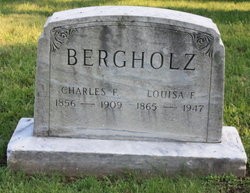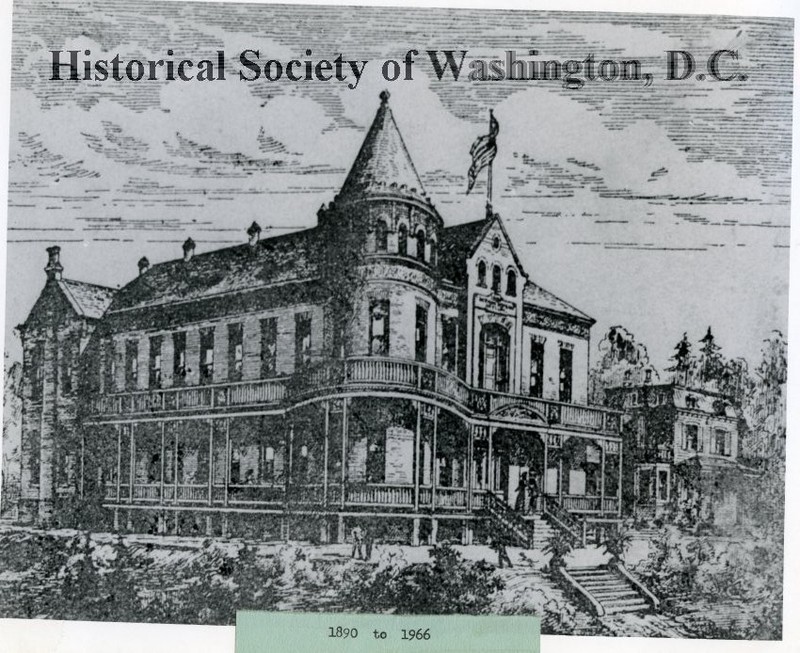Louisa Bergholz - 1217 30th Street NW, Georgetown - 1911
Introduction
Text-to-speech Audio
Images
Louisa Bergholz's gravestone

German Orphan Asylum, Louisa's place of work before employed by the Heurichs

Backstory and Context
Text-to-speech Audio
Georgetown’s M Street in the early 20th century was full of small businesses owned by African Americans from the southern United States and immigrants from France, Germany, and Ireland. Not only home to businessmen, Georgetown also attracted both Black and white government clerks, merchants, and professionals such as doctors or lawyers. Poor families of formerly enslaved people and their descendants, working as laborers and domestics, along with the children and heirs of wealthy former slaveholders, rounded out the racially and economically diverse neighborhood.
The German Orphan Asylum in Anacostia, where Louisa worked as a matron before moving to Georgetown, originally only took in white children of German descent. With the financial help of Christian Heurich and other leaders in the city’s German-American community, members of Concordia German Evangelical Lutheran Church founded the asylum in 1879.
After leaving her job at the asylum, Louisa started working for the Heurichs. A single entry in Amelia Heurich’s diary tells us that the family hired Louisa in 1911.
With limited information preserved about Louisa’s life, there are some questions we may never be able to answer. Did Christian Heurich help her get a job? What was her experience living in an overwhelmingly white orphanage then moving to Georgetown in 1910 with its racial and ethnic diversity? Why did she change jobs?
Sources
Lesko, Kathleen Menzie, Valerie Babb, Carroll R. Gibbs, eds. Black Georgetown Remembered: A History of its Black Community from the Founding of ‘The Town of George’ in 1751 to the Present Day. Washington: Georgetown University Press, 1991.
McDonough, Anne. "National Adoption Day." Blog post, DC History Center, November 18, 2017. https://dchistory.org/national-adoption-day/.
Muller, John. "Lost Washington: Good Hope Road's German orphanage." Greater Greater Washington, December 28, 2011. https://ggwash.org/view/11707/lost-washington-good-hope-roads-german-orphanage.
Smith, Kathryn Schneider. "Georgetown: Washington's Oldest Neighborhood." In Washington at Home: An Illustrated History of Neighborhoods in the Nation’s Capital, edited by Kathryn Schneider Smith, 20-35. 2nd ed. Baltimore: Johns Hopkins University Press, 2010.
Heurich House Museum
https://dchistory.pastperfectonline.com/photo/E9102BEA-413C-43C6-B168-374935354577
